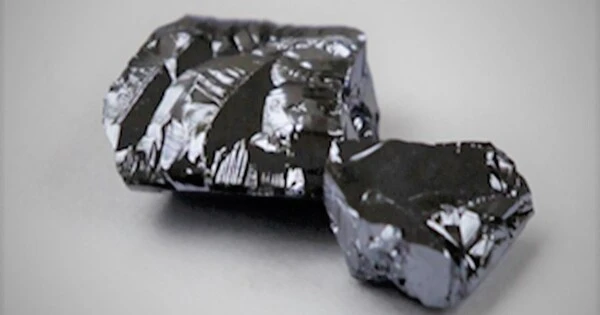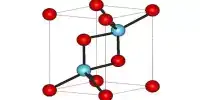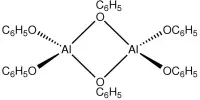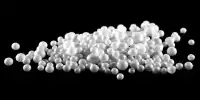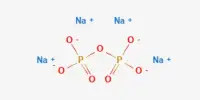Cadmium arsenide (Cd3As2) is an II-V family inorganic semimetal. It demonstrates the Nernst effect. It has the appearance of a dark-grey powder or pieces with no odor. Acids and acid fumes are incompatible with it. When heated to high temperatures, cadmium arsenide decomposes and emits toxic fumes of airborne cadmium, arsenic fumes, cadmium oxide, and hydrogen gas.
Cadmium arsenide is a material with electronic properties that is used in 3D crystal structures.
Properties
- Chemical formula: Cd3As2
- Molar mass: 487.08 g/mol
- Appearance: solid, dark grey
- Density: 3.031
- Melting point: 716 °C (1,321°F; 989 K)
- Solubility in water: decomposes in water
- Crystal structure: Tetragonal, tI160
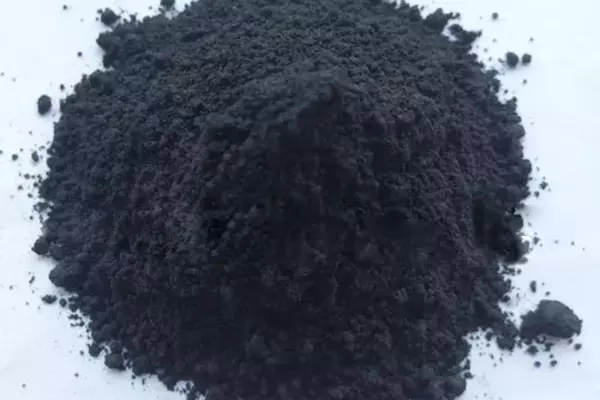
Preparation
Amorphous semiconductive glass can be made from cadmium arsenide. According to Hiscocks and Elliot, cadmium arsenide was made from cadmium metal with a purity of 6 N obtained from Kock-Light Laboratories Limited. The purity of the β-arsenic supplied by Hoboken was 99.999%. Cadmium and arsenic in stoichiometric proportions were heated together. Due to the ingots sticking to the silica and breaking, separation was difficult and time-consuming. Stockbarger growth was created using liquid encapsulation.
Crystals are pulled from volatile melts in liquid encapsulation. The melt is covered by a layer of inert liquid, usually B2O3, and an inert gas pressure greater than the equilibrium vapor pressure is applied. This eliminates the evaporation from the melt which allows seeding and pulling to occur through the B2O3 layer.
Crystal structure
The unit cell of Cd3As2 is tetragonal. The arsenic ions are cubically close packed, while the cadmium ions are tetrahedrally coordinated. Von Stackelberg and Paulus (1935) conducted research on the vacant tetrahedral sites and determined the primary structure. Each arsenic ion is surrounded by cadmium ions at six of the eight corners of a distorted cube, with the two vacant sites on the diagonals.
Cadmium arsenide’s crystalline structure is very similar to that of zinc phosphide (Zn3P2), zinc arsenide (Zn3As2), and cadmium phosphide (Cd3P2). The compounds of the Zn-Cd-P-As quaternary system exhibit full continuous solid-solution.
Conducting
Cadmium arsenide is an II-V semiconductor with degenerate n-type intrinsic conductivity, a large mobility, a low effective mass, and a highly nonparabolic conduction band, also known as a narrow-gap semiconductor. It has an inverted band structure, and the optical energy gap, for example, is less than 0. At high electric fields, cadmium arsenide exhibited the Schottky (thermionic emission) and Poole-Frenkel effects when deposited by thermal evaporation (deposition).
Applications
Cadmium arsenide is used in infrared detectors that use the Nernst effect, as well as thin-film dynamic pressure sensors. It can also be used to make magnetoresistors and photodetectors.
Cadmium arsenide can be used as a dopant in HgCdTe. It is a semiconductor that is used in infrared detectors, pressure sensors, magnetoresistors, and photodetectors.
